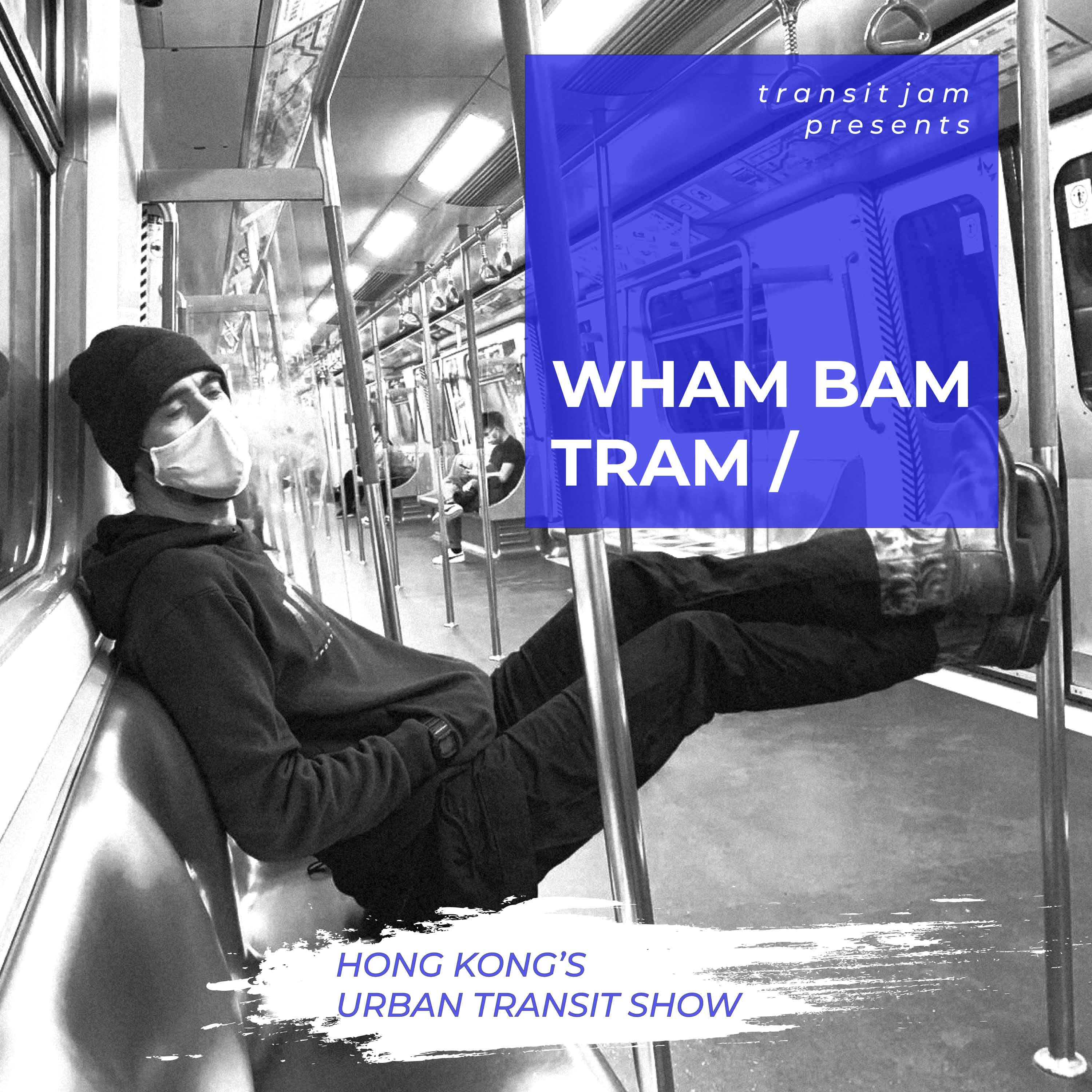
Hong Kong’s seventh Boundary Crossing Point will open on Wednesday, connecting the city with eastern Shenzhen and enhancing vehicle connections to the Greater Bay Area
A key piece of the China government’s “One-Hour Living Circle” vision for the Greater Bay Area falls into place on Wednesday as Hong Kong’s seventh Boundary Control Point (BCP) opens for business and the new Heung Yuen Wai Highway officially plugs into the Shenzhen Eastern Corridor.
The opening ceremony for the Heung Yuen Wai BCP (named Liantang Port on the mainland side) will be held in Shenzhen on 26 August, with cargo clearance open for cross-boundary goods vehicles from 4pm that day, according to the government.
The new BCP will alleviate pressure on the Man Kam To and Sha Tau Kok BCPs, which together saw around 2.3 million vehicle crossings in 2019, two-thirds of them goods vehicles and around a quarter private cars. While the pandemic cut the number of private cars using the BCPs to virtually zero, cargo throughput has remained solid, even increasing at Sha Tau Kok.
The Heung Yuen Wai Highway, which feeds the new BCP, was commissioned in May 2019, featuring one of Hong Kong’s largest interchanges, the Fanling Highway Interchange, and the city’s longest mountain tunnel, the Lung Shan Tunnel.
The government says the highway and new BCP will shorten journey times to the eastern side of Shenzhen and eastern Guangdong province. “Currently, cross-boundary goods vehicles going to the eastern part of Shenzhen and eastern Guangdong generally travel through busy local roads in Hong Kong and Shenzhen via the existing boundary control points at Lok Ma Chau, Man Kam To and Sha Tau Kok,” says the government.
The new BCP is one of the major “cooperation items” between Hong Kong and Guangdong promulgated in China’s 12th Five Year Plan and will, according to the Hong Kong government, “enhance cross-boundary traffic connection, facilitating a greater room for development in Hong Kong under the ‘one-hour living circle’ in the [Greater Bay] Area.”
The Hong Kong and Guangdong governments have agreed to issue quotas of 2,000 and 200 for cross-boundary private cars from Hong Kong and the mainland, respectively, for the new BCP, although private cars will not yet be allowed to use the BCP under Covid-19 precautions.
The Chinese General Chamber of Commerce has called on the government to “streamline” customs clearance at the BCP, relax restrictions for licensing cross-border vehicles, and increase the vehicle quota.
Categories: On the Roads, Policy, Transit







